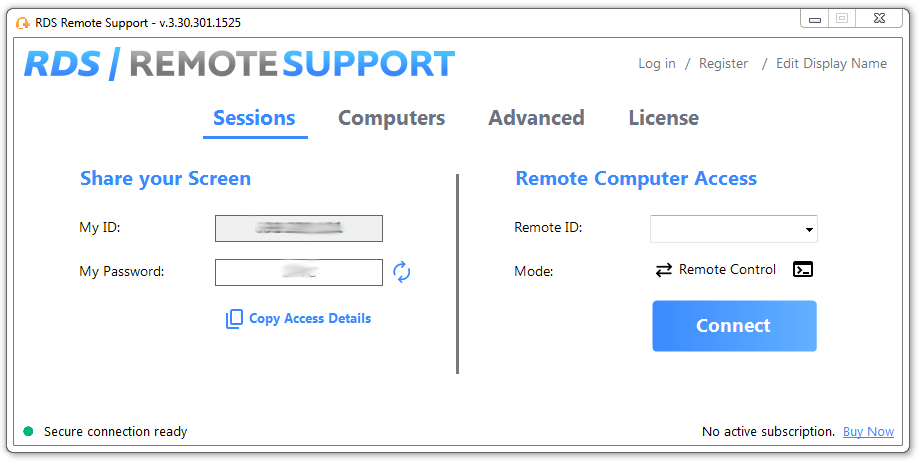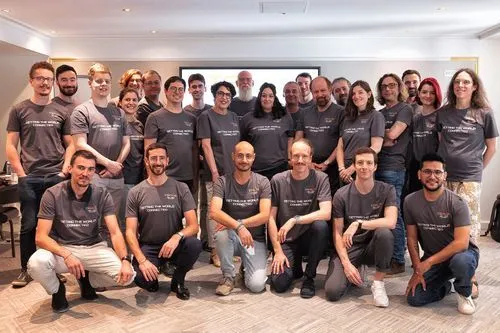Unattended Remote Support on macOS: Setup, Permissions & Security
Learn how to configure secure unattended remote support on macOS, from TCC permissions and MDM rollout to hardening, monitoring and compliance for IT teams.
Would you like to see the site in a different language?
RDS TOOLS BLOG
As cloud adoption matures, IT teams are increasingly tasked with modernising legacy systems and deploying applications in scalable, cost-efficient cloud environments. For system administrators, infrastructure architects and technical decision-makers, knowing how to migrate an application to the cloud is much more than simply strategic. It is operationally critical.
This guide walks you through a technical, systems-level approach to cloud migration. Whether you are migrating a legacy LOB application or rehosting a full Windows environment, we aim to cover the infrastructure, tooling and advanced security practices required for a smooth transition.
)
Before any cloud migration, environment discovery and dependency mapping are non-negotiable. You need a clear inventory of:
Tools like RDS Server Monitoring can help administrators map current server activity, track usage trends and identify peak loads, all of which are vital when designing your future cloud environment.
Pro tip: If your application relies on Remote Desktop Services or Terminal Server environments, analyse session counts, concurrent user loads and licensing dependencies to size your cloud instance correctly.
Once your environment is mapped, the next step is selecting the appropriate cloud deployment model :
For RDS-based applications or traditional Windows workloads, a lift-and-shift to a cloud VM (e.g., AWS EC2 or Azure VM) running Windows Server with Remote Desktop enabled is an example of a practical route. Whatever your choice, tools like RDS Advanced Security ensures that once rehosted, your RDS environment remains hardened against external threats while RDS Remote Support gives your IT teams the capacity to work on this from anywhere at any time with complete efficiency.
Your application’s architecture and complexity determine your migration method. Here are the most common for IT professionals:
RDS Tools Remote Support is invaluable during this phase. It allows secure remote access to client systems for hands-on setup, testing and troubleshooting across hybrid environments, an ideal mix for managing distributed cloud deployments without physical presence.
Migrating an application does not stop at deployment; it must be accessible and secure Considerations include:
This is where Advanced Security by RDS-Tools proves essential. Its powerful combination of geo-restriction, brute-force protection and endpoint controls is designed specifically to secure RDS environments in both on-premises and cloud scenarios.
Bonus: Advanced Security's time-based access restrictions help enforce operational boundaries in cloud deployments shared across time zones or departments.
Testing is more than a check-list, it is rather a validation process which should include:
Implement monitoring solutions immediately after cutover. Use RDS-Tools’ RDS Server Monitoring to track resource usage and identify performance anomalies in real time.
And do not skip drawing up a rollback plan It is essential to ensure VM snapshots or image backups are available. Then only, action any DNS cutover or production switch.
Moving to the cloud introduces new threat surfaces such as public exposure, misconfigured access and elevated privilege risks. That is why RDS Advanced Security is foundational, not optional.
Advanced Security provides the multi-layered protection RDS and Windows environments need post-migration. Features like:
All help ensure your newly migrated environment is hardened by default reducing your post-migration risk and compliance overhead.
Migrating an application to the cloud is about more than flipping a switch. Indeed, it is a disciplined process of assessment, design, execution and hardening. For IT professionals and MSPs, software like RDS-Tools provides the critical visibility, control and security required to migrate confidently and manage efficiently.
Whether you are running Windows apps via RDS or modernising your infrastructure, RDS-Tools offers purpose-built solutions to support, secure and optimize every stage of your cloud migration. Explore our range of products to discover how RDS-Tools can enhance your cloud infrastructure today.

RDS Remote Support Free Trial
Cost-effective Attended and Unattended Remote Assistance from/to macOS and Windows PCs.
Simple, Robust and Affordable Remote Access Solutions for IT professionals.
The Ultimate Toolbox to better Serve your Microsoft RDS Clients.
 Get in touch
Get in touch
